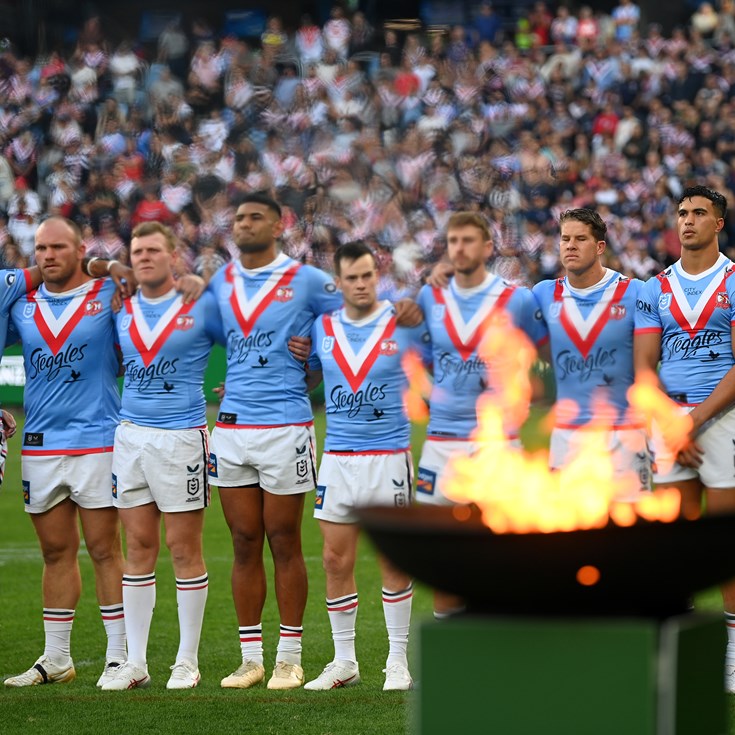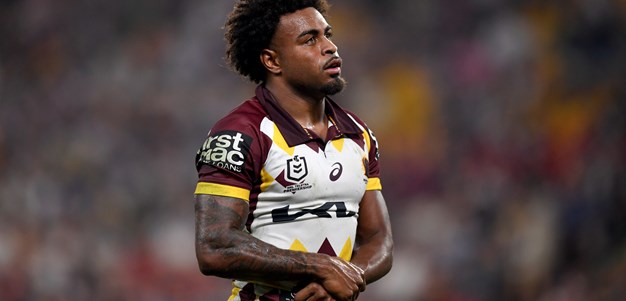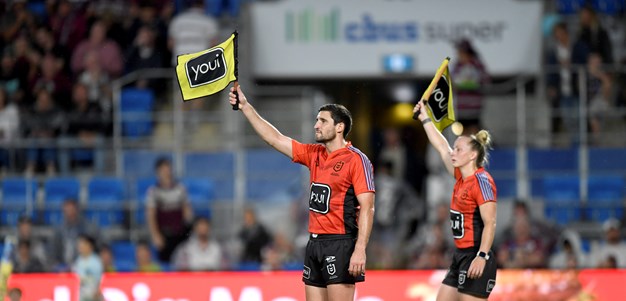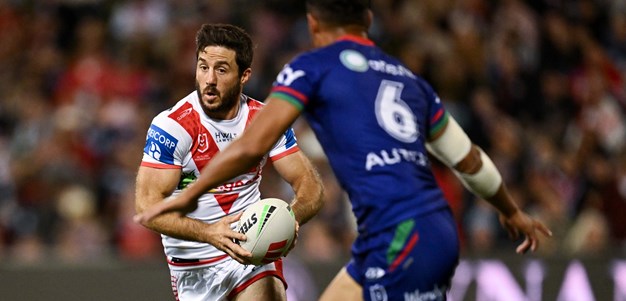Matthew Parrish is an assistant coach at the Parramatta Eels and also the New South Wales Blues.
Most coaches believe that if their team dominates the ruck in any given game, they will emerge with the win. Why? Because a quick play-the-ball provides the attacking team with many more opportunities against a defensive line that is not set.
Most coaches believe that if their team dominates the ruck in any given game, they will emerge with the win. Why? Because a quick play-the-ball provides the attacking team with many more opportunities against a defensive line that is not set.
The West Tigers won their premiership title in 2005 through their forwards conceding in tackles but getting quick play-the-balls, which therefore provided many opportunities for their attacking generals in Robbie Farah, Scott Prince and Benji Marshall.
To counter this, the NRL introduced the ‘Surrender Tackle’, which allowed defenders to stay on the tackled player for a second or two longer than if the attacker had not gone to ground quickly.
It is common knowledge that one of new referees boss Daniel Anderson’s main objectives in 2013 is to speed up the play-the-ball (PTB) and provide a faster, more entertaining game. But has it worked so far? Let’s compare the ‘Fast PTB’ statistics from the opening two rounds to those from last season.
In 2013, the Cowboys rank the fastest at the ruck with 23.3 per cent of their PTBs deemed fast, followed by the Storm and Bulldogs (21.2 per cent each) and the Rabbitohs (18.6 per cent).
Last season through two rounds the Cowboys were also top of the list with 24.5 per cent Fast PTBs (notice they’ve dropped a little?), followed by the Warriors (21.8 per cent), Rabbitohs 19.1 per cent and Sharks (16.4 per cent).
Certainly those numbers indicate that the PTB speed is probably a little quicker in 2013 than it was in 2012 – but not by much. (Mind you, I have not factored in the increased penalty counts, which are addressed elsewhere this week on NRL.com by Stats Insider.)
For years the Cowboys have built their attacking game playing quick through the middle of the ruck, with little men Johnathan Thurston, Matthew Bowen and (the now-retired) Aaron Payne taking off after a quick play-the-ball often created by a dominant run from their big men. Taking that into account it’s interesting to note that the best defensive team in recent times – the Melbourne Storm – have completely dominated in encounters between the two teams, winning eight out of the past 10 clashes!
Why? Melbourne believe that once the contact has been made in the tackle, then the work begins. That means that the Storm encourage plenty of their players to engage the attacker and then wrestle the player to his back.
Coaches employ many tactics to slow down the ruck – some legal, some illegal. In 2005, Cowboys player Carl Webb was sent off when he punched a Storm player after he resented having his head nearly ripped off his body and missed entire semi-finals series, including the Cowboys’ only grand final appearance. This tactic, called a ‘Grapple Tackle’, is now illegal – along with the ‘Chicken Wing’ (where the defending player pulls the arm of the attacking player across his back) and the ‘Crusher’ (where pressure is applied to the head of the attacking player, pushing it onto his chest).
The Warriors are an interesting team to look at. Under new coach Matt Elliott, they rank second last for Fast PTBs in 2013 at a low 9.5 per cent – a stark contrast to 2012 when they were second with 21.8 per cent. In 2012 as in 2013, they lost their opening two games – although in 2012, the Warriors butchered many great scoring opportunities in those first two narrow losses, while in 2013 they look to be off the pace despite last Saturday’s late scoring spree to rally within two points of the Roosters.
Slowing down the play provides the defensive team with the opportunity to set their line and therefore enables the tacklers to advance and generate good line speed.
So how do you slow down the ruck in a legitimate manner?
To enable your team to get line speed you must win the ruck. To win the ruck you must first make good contact in the collision and then use a number of techniques to quickly get the player with the ball onto his back. Defensive line speed then follows accordingly.
The great Bulldogs team of the ’80s under coach Warren Ryan were a wonderful example of how to use fast line speed with up-and- in defence to frustrate and intimidate attacking teams. They played in three successive grand finals from 1984, winning two premierships. So you see, while the game has evolved, some important things stay the same.




